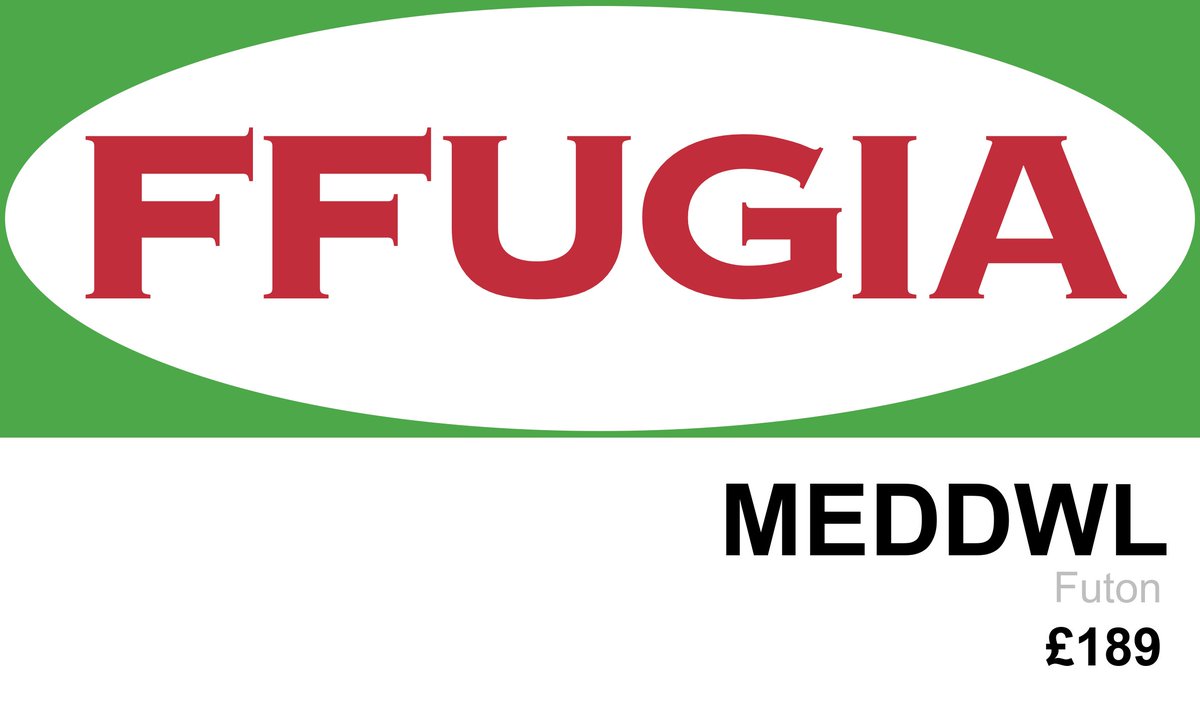William Herlofsky on ideophones in Japanese Sign Language. Based on the definition "marked and open class", he argues that JSL initialized signs are ideophones by productively incorporating iconic elements of a base sign with the (iconic) addition of Japanese kana forms. #ill12 

There was no time for my question/comment, but I would argue that the described category falls far outside the scope of ideophones. IMO, there are many signs/cxs in #signlanguages that could be argued to be ideophonic, but this is definitely not one. #ILL12
It seems too much importance has been given to the criterion of "open class", interpreted as "productive word formation". I would argue that "sensory depiction" is _less_ informative in intitialized signs than other signs... #ill12
... If the visual representation of written characted (kana) iconicity is interpreted as "sensory depiction", this is a motivation in word formation (e.g. @ryanlepic's work), but fingerspelling is not "iconic" in acquisition (e.g. Padden's doi.org/10.1093/acprof…)
#ILL12
#ILL12
Some suggestion of relevant work for those interested in (potential) ideophones in #signlanguages – a short list:
Dudis (2004) "Body-partitioning and real-space blends" – relevant for depiction on different levels and also incorporating sound symbolism represented in sign
#ILL12
Dudis (2004) "Body-partitioning and real-space blends" – relevant for depiction on different levels and also incorporating sound symbolism represented in sign
#ILL12

@mesch_joo, Raanes & Ferrara (2015) – "Co-forming real space blends in tactile signed language dialogues" (degruyter.com/view/j/cogl.20…) – relevant for sensory experience wrt to tactile production and perception
#ILL12
#ILL12
Ferrara & @gab_hodge (2018) "Language as Description, Indication, and Depiction" (frontiersin.org/articles/10.33…) – for a recent overview of description/depiction in the visual modality.
#ill12
#ill12
... and of course the first (afaik) paper that explicitly mentioned ideophones in #signlanguages (specifically Swedish Sign Language):
Bergman & Dahl (1994) "Ideophones in Sign Language? The place of Reduplication in the Tense-Aspect system of Swedish Sign Language"
#ill12
Bergman & Dahl (1994) "Ideophones in Sign Language? The place of Reduplication in the Tense-Aspect system of Swedish Sign Language"
#ill12
• • •
Missing some Tweet in this thread? You can try to
force a refresh












